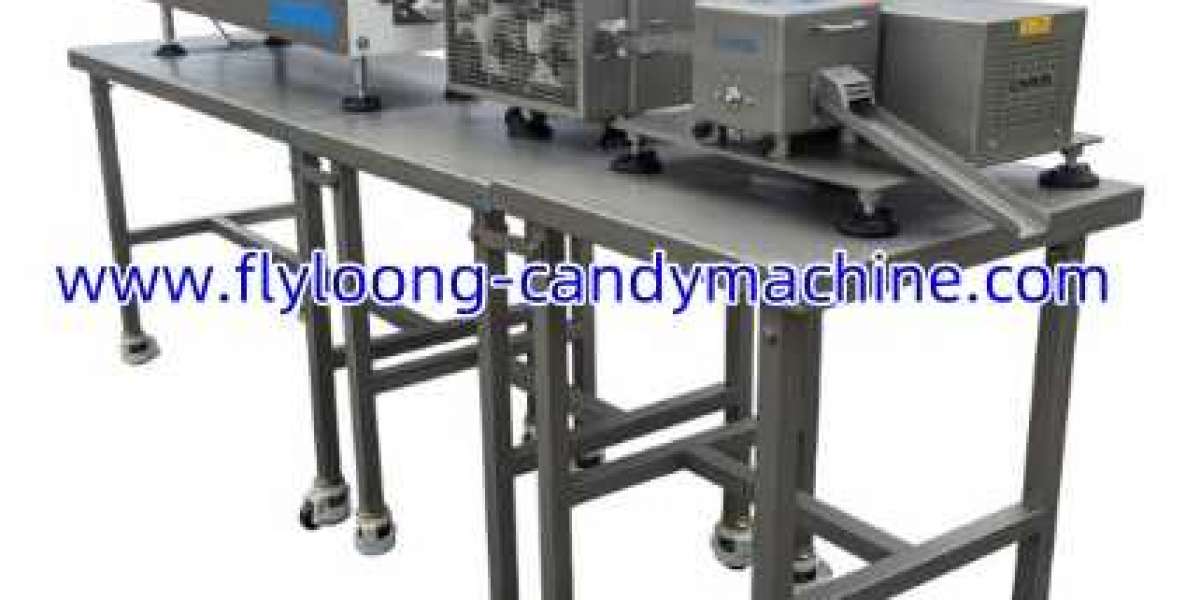Nebulizers: Essential Respiratory Devices for Effective Medication Delivery
Introduction
Nebulizers are medical devices that convert liquid medication into a fine mist, making it easier for patients to inhale the medicine directly into the lungs. Widely used in the treatment of respiratory conditions such as asthma, chronic obstructive pulmonary disease (COPD), cystic fibrosis, and other lung diseases, nebulizers play a critical role in both emergency and long-term respiratory care.
What Are Nebulizers?
A nebulizer uses compressed air, ultrasonic power, or vibrating mesh technology to create an aerosol from liquid medicine. This allows the medication to reach deep into the lungs, offering quick and effective symptom relief.
Types of Nebulizers:
Jet Nebulizers (Compressor Nebulizers):
Most commonly used type
Uses compressed air to generate the mist
Suitable for a wide range of medications
Ultrasonic Nebulizers:
Uses high-frequency vibrations
Faster and quieter than jet nebulizers
Not compatible with all medications
Mesh Nebulizers:
Uses a vibrating mesh to create the mist
Portable, silent, and highly efficient
Increasingly popular for home and travel use
Key Benefits of Nebulizers
Direct Delivery to the Lungs: Offers fast and effective treatment for respiratory conditions.
Easy to Use: Especially suitable for children, elderly patients, and those with severe breathing difficulties.
Effective for Severe Cases: Can deliver larger doses of medication compared to inhalers.
Adaptable: Can be used for both short-term respiratory infections and chronic diseases.
Common Applications
Asthma Management: Delivers bronchodilators and corticosteroids to ease breathing.
Chronic Obstructive Pulmonary Disease (COPD): Helps manage flare-ups and reduce hospitalizations.
Cystic Fibrosis Treatment: Delivers antibiotics and saline solutions to clear mucus from the lungs.
Acute Respiratory Infections: Provides antibiotics and anti-inflammatory drugs directly to the airways.
Market Trends
Growing Prevalence of Respiratory Disorders: Increasing rates of asthma, COPD, and environmental pollution are driving nebulizer demand.
Technological Advancements: Compact, battery-operated, and smart nebulizers with mobile app integration are gaining popularity.
Rising Home Healthcare Adoption: Patients prefer portable nebulizers for home-based, convenient respiratory care.
Increased Pediatric Use: Nebulizers are commonly prescribed for children who struggle with inhaler techniques.
Challenges
Cleaning and Maintenance: Nebulizers require regular cleaning to prevent bacterial contamination.
Medication Limitations: Some nebulizer types may not be compatible with certain drugs.
Noise Levels: Jet nebulizers can be loud and less convenient compared to modern mesh devices.
Conclusion
Nebulizers are vital tools in the management of respiratory diseases, offering effective, targeted medication delivery. With increasing demand for home healthcare solutions and advancements in portable nebulizer technology, the market is expected to grow steadily in the coming years, making respiratory care more accessible and user-friendly for patients worldwide.








